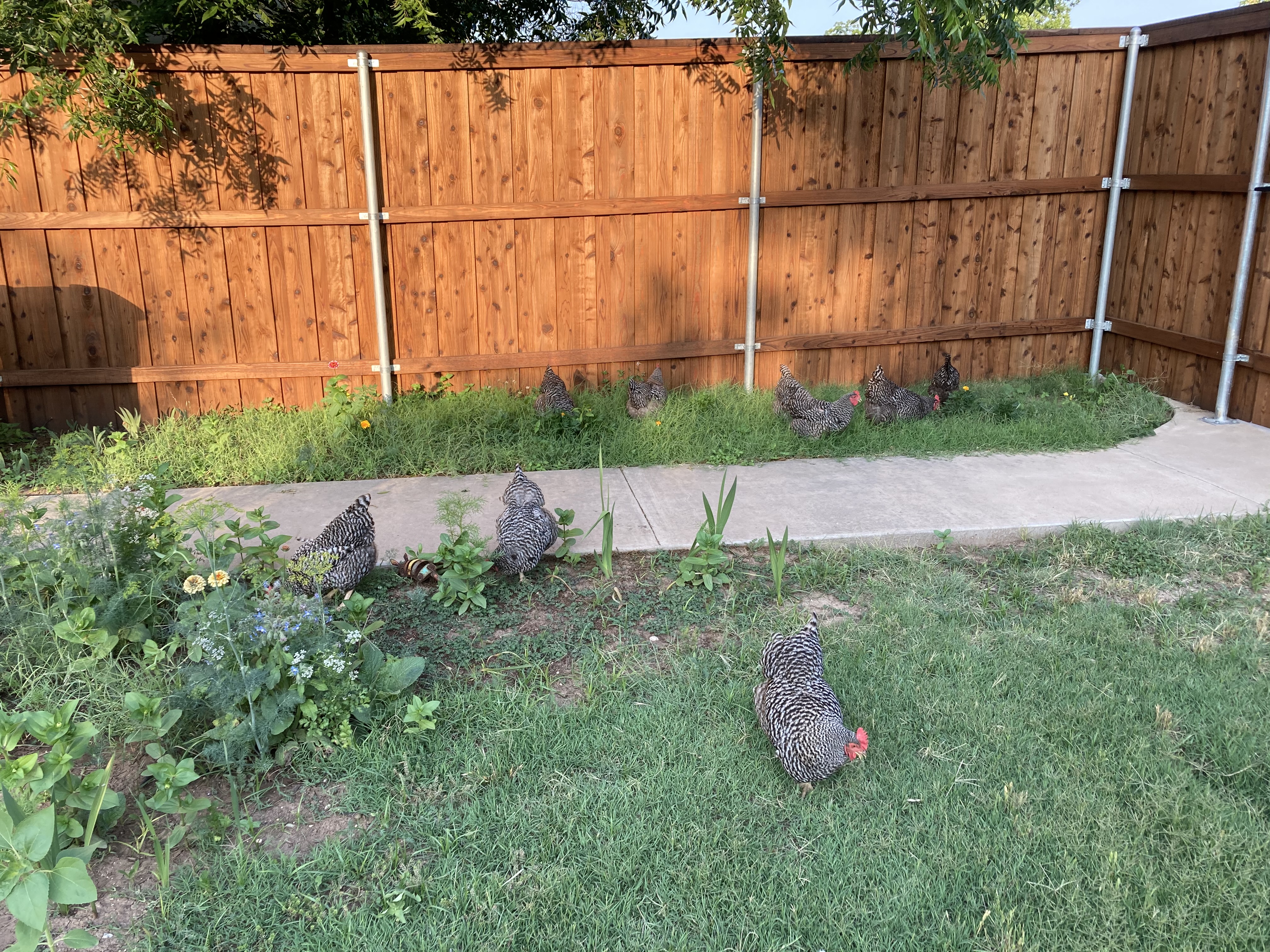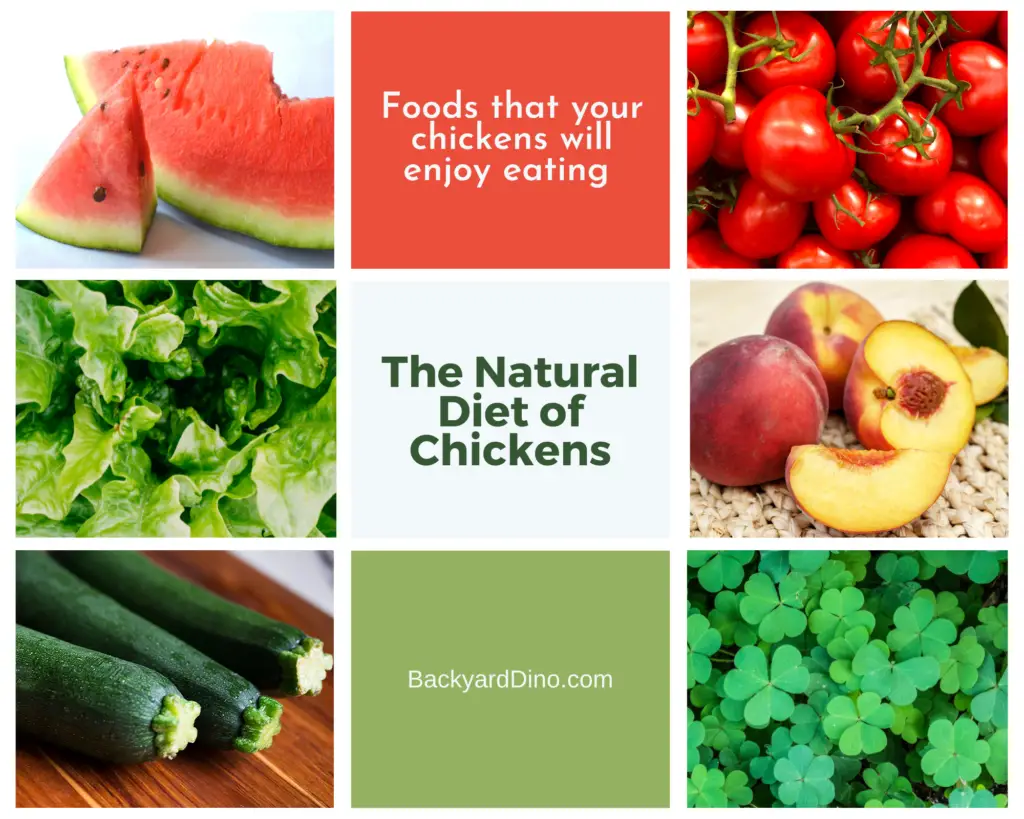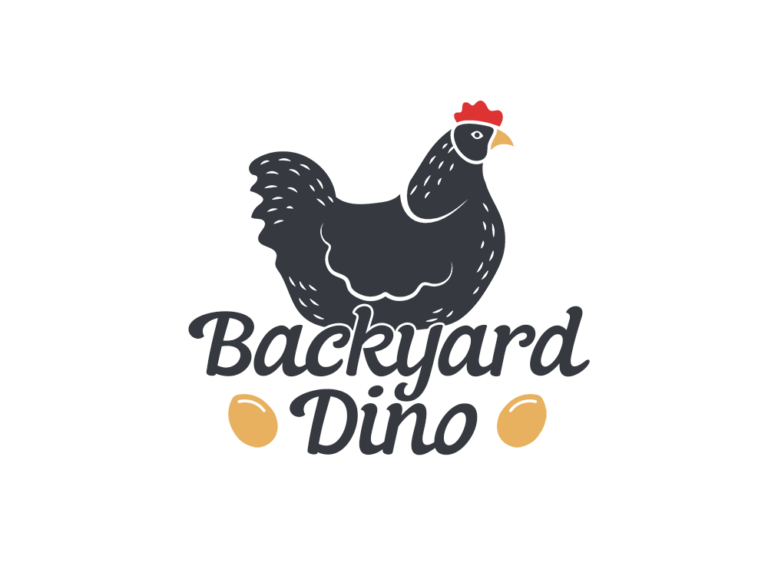The ancestor to the modern day chicken is the jungle fowl. These birds did not have humans to provide for their nutrition, so what did they eat? And is this what the backyard chickens of today should also be eating?
Gallus gallus, the wild red jungle fowl of Southeast Asia, is the ancestor of the modern day chicken. These birds ate food from the floor of the jungle, which included a variety of insects, larvae, and seeds. Today, chickens are fed a grain-based diet but they will eat insects when given the opportunity.
Keep reading to learn more about the natural diet of chickens, how chickens digest their food without teeth, and the favorite foods of backyard chickens.
Natural Diet – What the chicken’s ancestors ate
The ancestor of today’s modern day chicken is the red jungle fowl (Gallus gallus), which is from the jungles of Southeast Asia. Another ancestor of chickens may be the gray junglefowl (Gallus soneratii), which is found in the peninsula of India. Jungle fowl were able to eventually become domesticated as they are foragers, able to find food on their own, and had a diet of seeds, grass, and insects, which were not desirable foods for humans.
While the jungle fowl could fly, they were predominately ground-dwelling, which meant the majority of their diet consisted of food they could find on the floor of the jungle. The jungle fowl would peck and scratch the ground in order to gain access to beetles, worms, and seeds that were just beneath the surface of the ground.

Similar to the jungle fowl, chickens will scratch and peck the ground to find food that is on the ground. Chickens are omnivores and will eat either meat or plants. While the jungle fowl had a predisposition to eat a more insect-based diet, modern chickens have been domesticated and now eat a more plant-based diet. Grains and seeds are less expensive to feed chickens which is why this diet has become more prevalent for domesticated chickens. When chickens free range, they will readily eat earthworms, mosquitoes, spiders, termites, and beetles if the opportunity presents itself.
In addition, chickens will eat foods that are within their reach by standing or jumping. Chickens will eat berries from bushes and leaves from bean plants in your garden. We let our chickens in the garden for a few hours one day and came back to find all the leaves that were within chicken jumping distance had been eaten off the bean plant!
Chickens are not primarily grazers and while they may eat a bite or two of grass, this should not consist of the majority of their diet. Chickens require a well balanced diet full of nutrients and minerals that can be found in commercial feed or if allowed to free range in an environment with multiple food sources.
Digestion – How chickens process their diet
A chicken does not have teeth, so to break down large pieces of food that cannot be swallowed whole, the chicken will use their beak to hit the food to the ground. Once a chicken swallows food, it will travel down the throat to the esophagus and into the crop.
A chicken’s crop is a temporary storage place for food. In the wild, the jungle fowl had to quickly eat on the floor of the jungle and then roost in a tree for safety. The food would be stored in the crop and then digested throughout the night in the safety of the tree. This is why the area under the roosting bars in a chicken coop are full of manure; the chickens will poop throughout the night while their bodies digest their food.
Since chickens will rapidly forage at dusk, their crop will be full looking at the end of the day, which is why your chicken’s chest seems to stick out more noticeably. By the morning, the food will have been digested and their crop will be (mostly) empty. Some foods will take longer to develop but most commercial feed is broken down enough that it can be through a chicken’s digestive system in just a few hours.
From the crop, the food will travel into the proventriculus and then into the gizzard. Since chickens don’t have teeth they must eat grit, or small stones, that will grind up food in their gizzard. When chickens peck the ground they will find and swallow small stones or grit. This grit will eventually be ground up and then fully digested which is why chickens need to replenish the grit in their system periodically.

Chickens that are fed a commercial diet will not require supplemental grit since this feed is already broken down enough. If you feed your chickens many kitchen scraps, then you might want to consider offering grit free-choice. I have a small feeder of grit that contains a probiotic that I leave out for my chickens in their run. They get to free range several times a week, meaning they have access to small stones to swallow, but I still offer this in case they need additional grit.
Favorite Foods – Natural foods that your chickens will enjoy eating
Many people like to search what foods a chicken can or can’t eat. Steven and I did this at first too. But then we saw a pattern emerging: many of the foods the “can eat” list were not a big hit with our chickens. So instead of listing out what chickens can or can’t eat, how about I just offer you a list of my chicken’s favorite foods that their ancestors would have eaten (assuming they lived close to humans who grew gardens).
Here’s a list of my chickens’ favorite foods:
- Watermelon. My chickens especially love watermelon if it has been chilled before they eat it on a hot day. I like to cut a large watermelon in half and feed them one half today and the other one tomorrow. Chickens will eat the juicy flesh and the rind. They usually leave a very thin slice of the rind leftover and after a few days in the sun it becomes crinkly like paper.
- Peaches. Chickens will go crazy for peaches! They seem to really love sweet foods with soft insides. Don’t worry about removing the peach pit; your chickens will eat everything around the pit and will not attempt to eat the pit itself.
- Squash. Our garden produces a lot of extra squash, which is great because our chickens love it. Similar to the watermelon, the chickens enjoying eating a squash if it’s been in the refrigerator for a bit. We like to hold the squash and let the chickens attack it with their beaks, giving us an idea of how their dinosaur cousins must have attacked food.
- Tomatoes. Tomatoes are a favorite of my chickens. When we slice a tomato, we will give the ends of the tomatoes to the chickens and let them run around with the bright red piece like it’s a football. Tomatoes usually have a slightly more tough skin that peaches so chickens are not able to eat it in one piece, which is why they run with the tomato. This food running in instinctual and might help break up the food piece, especially when the other chickens notice there’s a chase and they grab the food from the other chicken.
- Iceberg lettuce. Iceberg lettuce has a high water content which makes this another great food for chickens to eat during the summer. We have attached full heads of lettuce to a hanging string in the chicken run and let them play tether ball (this can also be done with cabbage). This is a good way for them to use up energy when they have to be confined in the run during the day. When we first hung up the lettuce, the chickens weren’t sure what to think, but after one hen started eating it, then everyone else joined in. It seems to always take the one brave chicken to try a new food before the others will eat.
- Clover. So this favorite treat is not something that you will have readily available in your kitchen, but it could be growing in your yard right now! My chickens will walk through the yard to find the green clover that grows in the shade where grass won’t grow. They have loved eating clover since they were babies. If your yard doesn’t have clover growing already, look for seeds to plant. I’ve seen seed mixes that contain all the ground covering plants that chickens love to eat and are specialized for your climate.



3 comments
[…] scraps as possible. These two things will more closely mimic what the chickens’ ancestor, the jungle fowl, ate in the […]
[…] If you are interested in learning more about the natural diet of chickens, check out this post. […]
[…] If you are interested in learning more about the natural diet of chickens, check out this post. […]
Comments are closed.